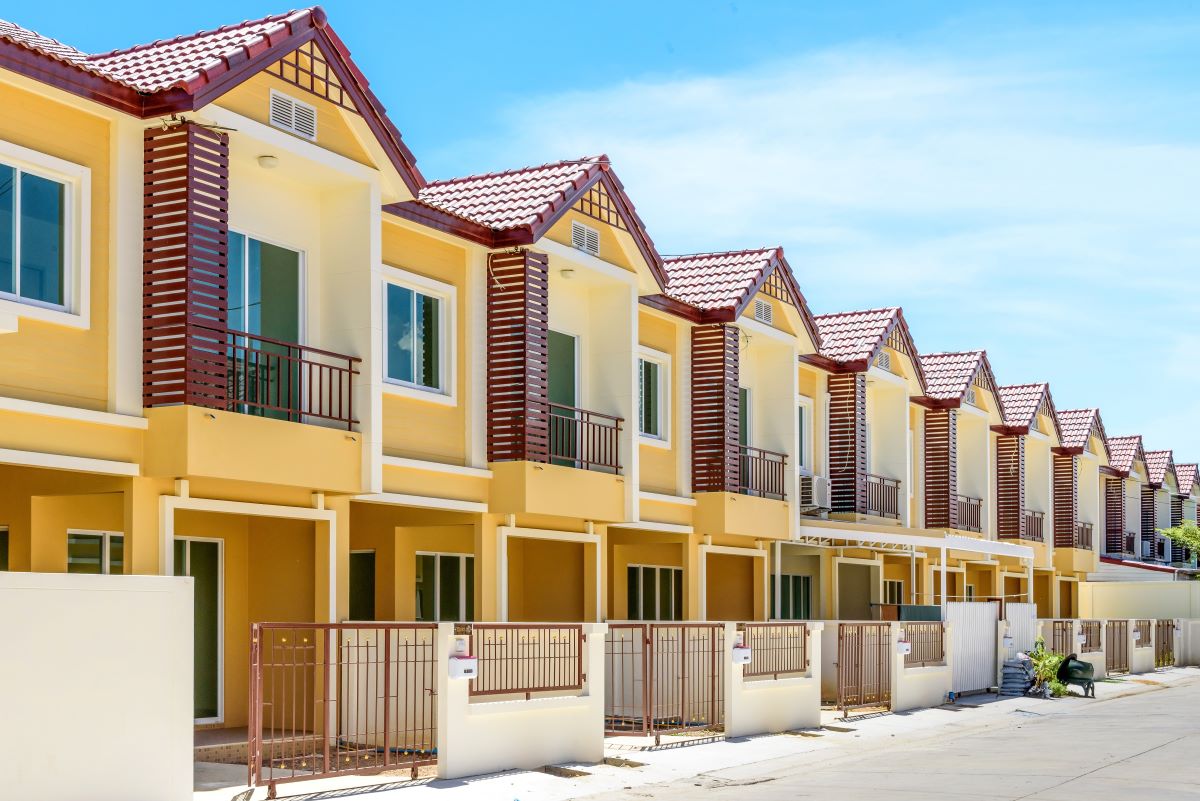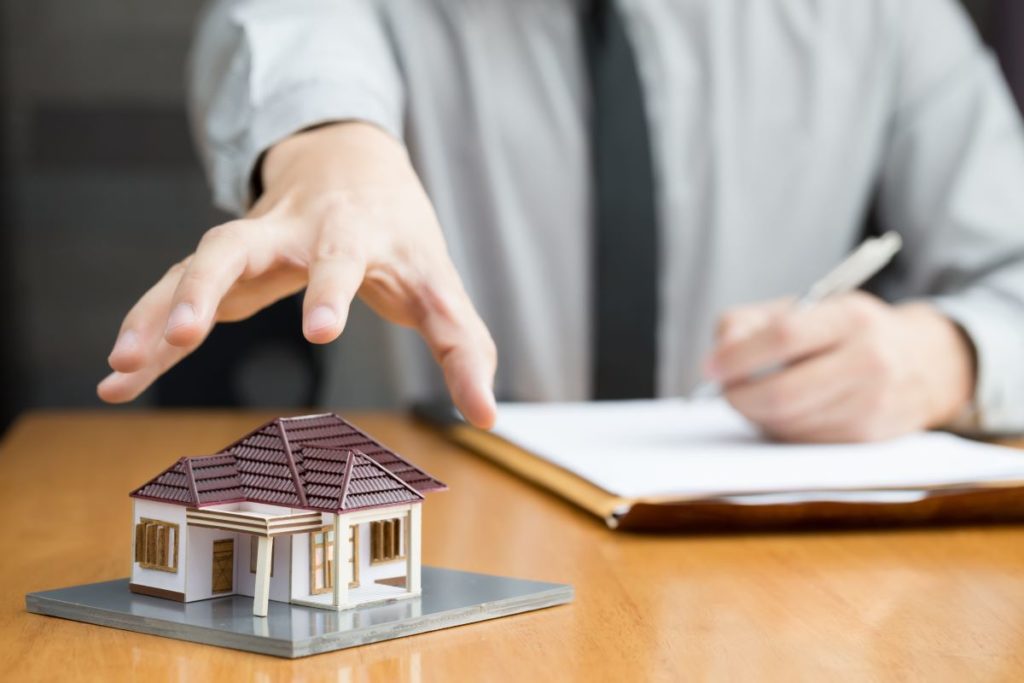The coronavirus pandemic has significantly impacted the global real estate sector. Most property sellers have suffered immense financial losses, especially during the lockdown’s peak between March and June. According to the real estate brokerage Redfin, the U.S. residential real estate market, in particular, saw home sales drop to their lowest levels in March and April since the 2007 financial crisis.
On top of this, many homeowners were also reluctant to sell their homes during those months. This led to a decline in the number of new listings by as much as 40% in April, compared to last year.
However, the residential real estate market started showing some signs of improvement in late spring. In the U.S., home sales grew by 25% between June and July, when lockdown measures were gradually lifted. According to recent statistics, pending home sales across the country’s metropolitan areas were also up by 30% year-on-year in August. The rise in home selling and buying was mainly driven by the low mortgage rates offered to home-seekers.
But how do property owners sell their homes in the midst of social distancing?
As the demand for residential properties slowly picks up, at least in the United States, real estate businesses and mortgage brokers are now leveraging technology to market their properties and services to potential clients. Virtual home tours are on the rise as sellers now show off their properties virtually to entice new buyers. Some of the most common virtual home tours include:
- 3D Home Tours — Sellers create a panoramic 3D image of the property for the buyer.
- Virtual Open House — Sellers organize an online event via social media to upload the tour or provide a digital walk-through to those who join virtually.
- Live Video Tours — Sellers or real estate agents conduct a real-time virtual tour of the property via video call with the potential buyer.

What does it take for a virtual home tour to be successful?
Property buyers can expect a higher demand for virtual home tours from potential buyers. Here’s how you can successfully conduct a virtual home tour during a pandemic:
1. Hold a pre-tour briefing before the proper virtual tour.
Consider meeting with your client via video call or send out a questionnaire before your tour. Such a strategy allows you to gather insights into what the buyer wants to see from the tour and incorporate them into your tour. Let your client choose his/her preferred platform and type of virtual tour.
2. Plan a route before the house tour.
Make sure to prepare a touring guide before the actual tour. If the client requests a live video tour, it is vital to practice the home tour to ensure a smooth and successful session.
3. Maintain proper lighting throughout the tour.
Virtual home tours can be quite challenging for potential buyers. They might not be able to see the property elements compared to when it is done onsite. Bad lighting can also discourage buyers from viewing your listing or from continuing with the tour.
Whether it is a live home tour or a pre-recorded one, you need to keep the proper well-lit during the tour.
4. Stay engaging at all times and prepare to answer questions.
Keep your viewers interested in your property by making your tour dynamic and interactive. Highlight the top features of your property and ask your client for their opinion throughout the live session. If the client requests to go back to a certain area of the tour, let them do so.
On top of this, prepare yourself to answer questions regarding the property from your viewers. The insights you gathered from the pre-tour briefing can help you prepare for such discussions.
5. Host a debriefing session after the tour.
Once the tour is done, make sure to ask your client or your viewers for their feedback. This can help you improve your future virtual home tours and address their concerns effectively, if there are any.
But are these virtual home tours enough to seal the deal?
Many real estate experts say that having virtual home tours can entice more buyers to check out your property online. Recent figures from a real estate firm showed that 54% of homebuyers in the U.S. would not view a property unless the seller offers a virtual tour.
But despite the growing demand for virtual home tours during the pandemic, home buyers are still expected to request an in-person viewing once the situation improves. According to experts, purchasing a home based only on a virtual home tour remains a huge financial risk for some home buyers.

